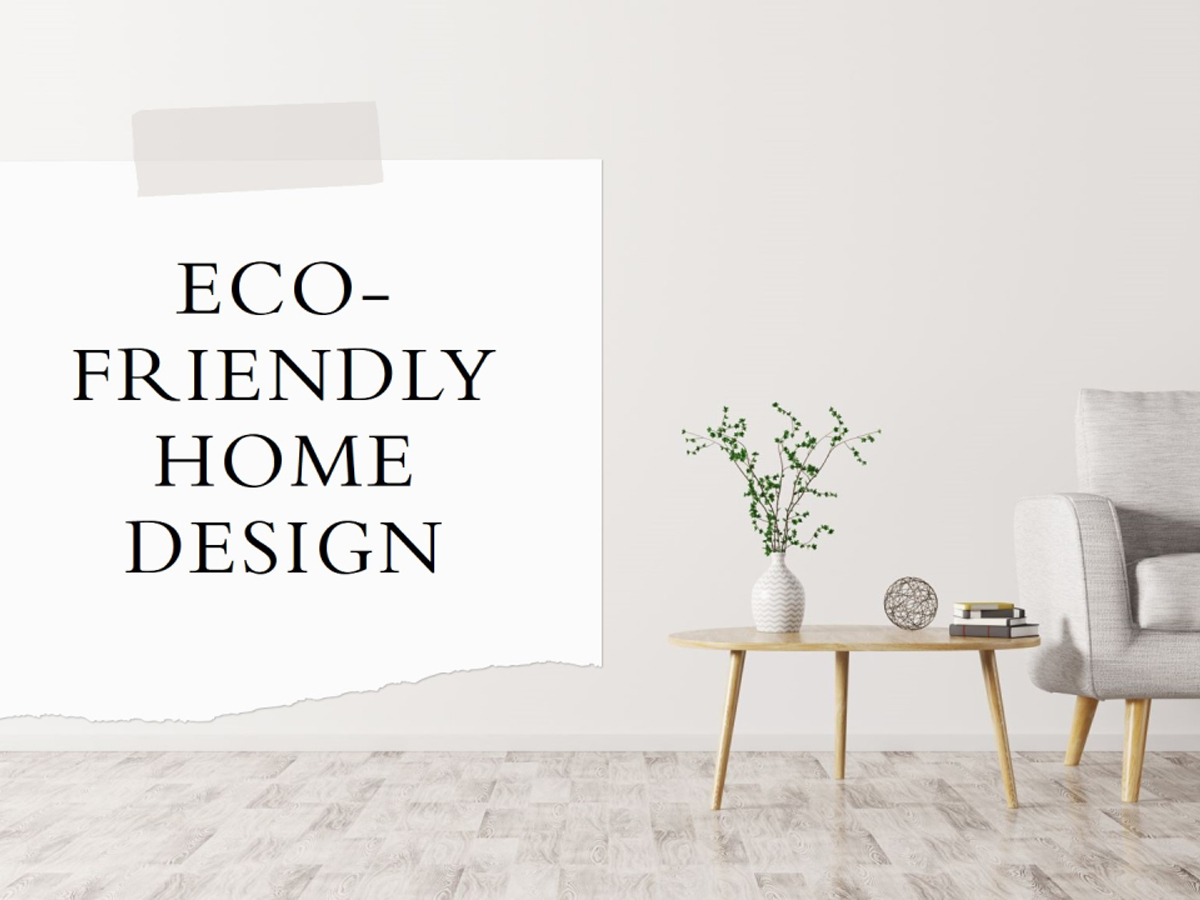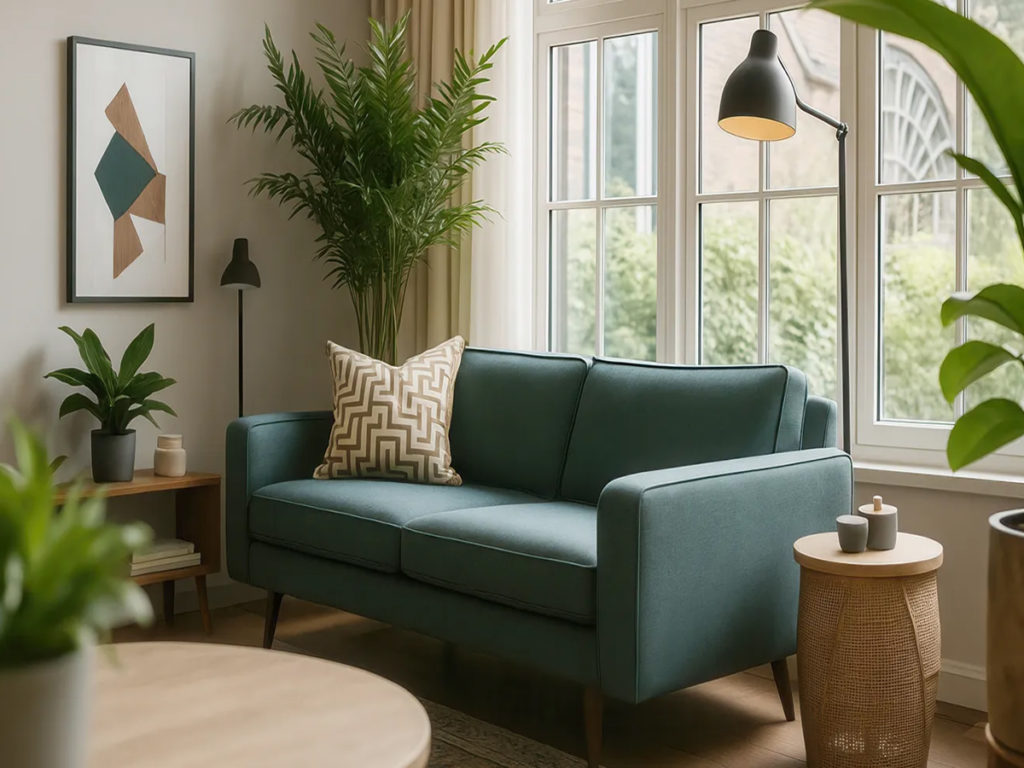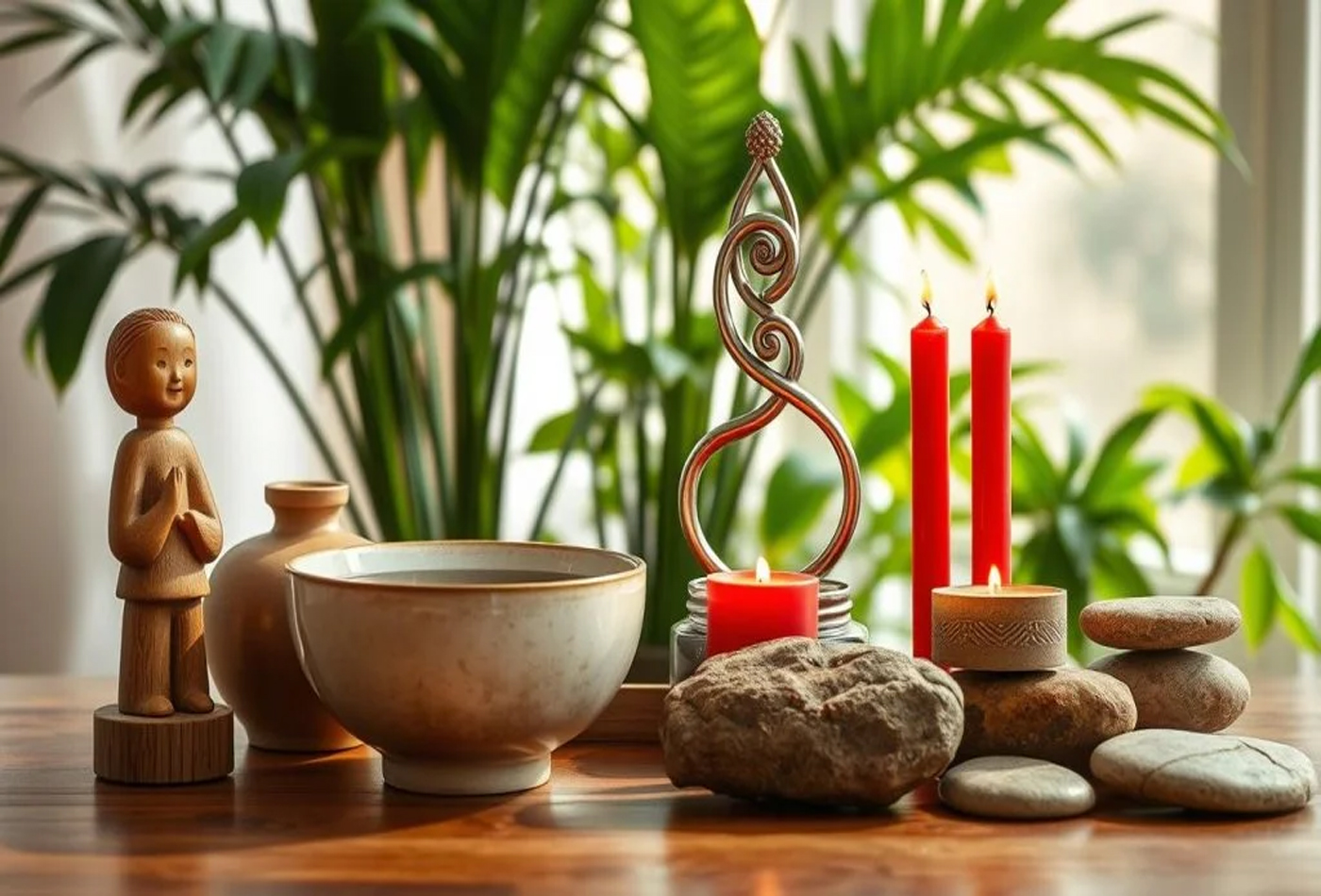
Eco-Friendly Design: How to Create an Energy-Efficient Home
Ideas for an eco-friendly, energy-efficient or sustainable home can be incorporated at various stages, from construction to remodelling. Today, top architects and interior design firms are designing luxurious homes that are eco-friendly, energy efficient, and sustainable. While these three terms are closely related, their scope slightly differs. But put together, they have changed the look and feel of modern homes. Eco-friendly or green homes, are homes built or remodelled using products that do not harm the planet. For example, an eco-friendly home uses bamboo, low-VOC paints and bio-degradable household products. On the other hand, energy efficient homes use less electricity, gas, and water. They often have LED lights, piped gas, and rain water harvesting. These homes basically assist to lower your energy bill. Lastly, sustainable homes consider social, economic, and environmental factors that can affect future generations. They use renewable energy sources, recycled or locally sourced materials, and optimize resources efficiency. While not all eco-friendly homes are energy efficient, sustainable homes are eco-friendly and energy efficient in the long run. So, here’s how to create an energy-efficient home with eco-friendly design.

From understanding need for an eco-friendly home to regularly maintaining the set-up, here are 7 simple steps to follow while redesigning or building a home: –
1. Ascertain the need
The very first step is to recognise the importance of modern builds. They are eco-friendly, energy efficient and sustainable which help to better the environment, improve people’s lives and conserve resources for future generations. Today, architects are designing eco-friendly bungalows and high rises. Even interior designers are incorporating designs to save resources and escalating costs while upgrading traditional homes. So, start by understanding what your home needs and accordingly, invest in a new home or appoint the best interior design firm to design a home that is is eco-friendly, energy efficient and future-ready.
2. Prioritise energy efficiency and conservation
If you are buying a new home, first ascertain whether it gets sufficient sunlight and allows flow of air throughout the rooms. Check if the windows are in the right place, of the right size and have effective insulation to maintain comfortable indoor temperature. Also, double glazed doors, and energy efficient products like smart thermostats can save energy and make the home more comfortable. Furthermore, use renewable energy generated by grid-tied solar photovoltaic (PV) panels to power the lights and appliances in your home. Also, install rainwater harvesting tanks to conserve water.
3. Look at prefabricated options
Eco-friendly homes are a better alternative to traditional brick-and-mortar homes. While fully pre-fabricated homes have not arrived in India, several builders use bath pods, dry walls, sandwich panels, structural insulated panels, and precast concrete to build eco-friendly homes. Also, modular kitchen and bedroom furniture built indoors in a factory and then transported to the site is gaining importance. Prefabricated supplies have become an essential part of eco-friendly homes as they reduce construction waste (which accounts for 40% of landfills), are light and easy to transport, more durable and sustainable.
4. Installsmart home technology
Smart home devices and appliances connected remotely using a smartphone or tablet provide homeowners with convenience and cost savings. They include smart sensors, smart thermostats, smart doorbells, motion detectors, smart locks, smart washing machines, and refrigerators. These devices let you control lighting, heating, cooling, and security from your phone. Not only is it easy to install technology, but also easy to customise. Smart devices and appliances increase energy efficiency, optimise resource consumption, perform routine tasks automatically, help to monitor your home in real-time when you are away, enhance the value of your home, and reduce waste.
5. Use sustainable materials
If you are building a new home, consider eco-friendly materials like terracotta bricks, natural stone, hempcrete, reclaimed wood, structural insulated panels, and precast concrete for construction. Your home design can even incorporate use reclaimed and engineered wood in exposed beams, vintage design doors, and wooden flooring. Other sustainable products used in modern homes are cork, bamboo, recycled glass, Corian, low-VOC paints and finishes, low-flow faucets, and natural insulation materials like cellulose, hemp, linen, and organic cotton. As these materials do not emit toxins, they are safe to use in a home. They offer an organic feel, improve functionality, and facilitate sustained-yield forestry.
6. Work with interior designers who have a passion to save the planet
New-age interior designers offer green, energy-efficient, and sustainable luxury home designs. They assess each room’s needs, plan furniture and fixtures, and install smart devices and appliances, to create fashionable and highly functional homes. Biophilic designs, natural lighting, eco-friendly materials, and energy-saving appliances are weaved into modern home designs to make them healthier and happier. While such home designs elevate the mood and improve the health of those inhabiting the spaces, they also protect the planet for future generations.
7. Regular audit and maintenance
The last step in creating an energy-efficient home is regular audit and maintenance. Audit helps to recognise areas that need new materials, technology, systems, and designs to elevate one’s lifestyle. It also helps to identify where energy is wasted. Besides regular audits, you also need periodic maintenance of the HVAC systems, appliances, etc.
Implement these steps with an experienced interior design team and become the proud owner of an eco-friendly and energy-efficient home.





